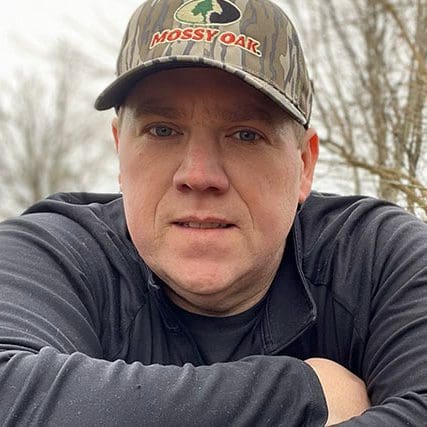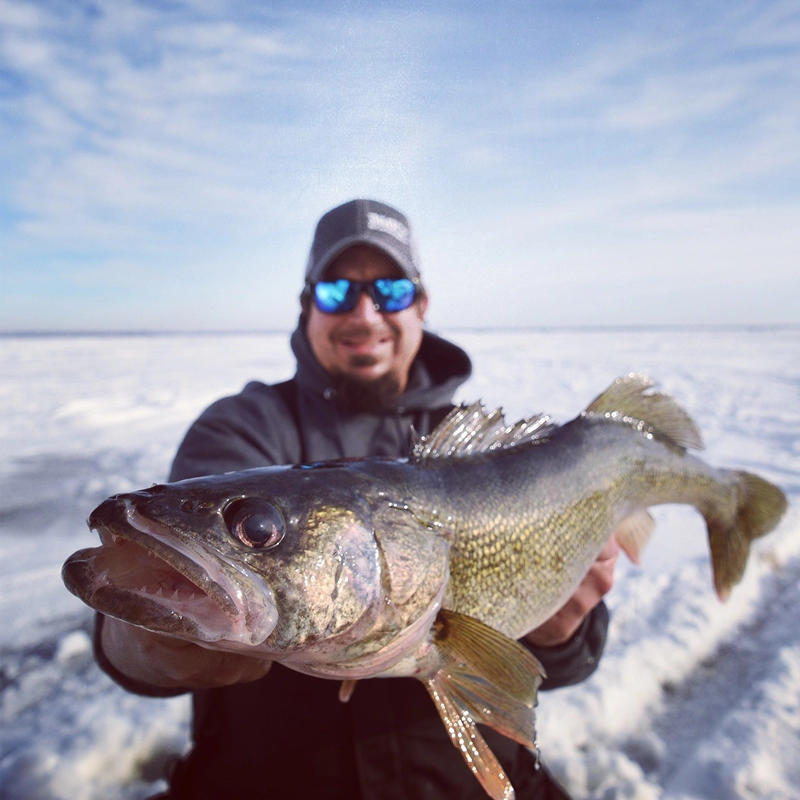Turkey hunting is an art form requiring skill, patience, and a deep understanding of the bird’s behavior and communication. Among the arsenal of tools at a hunter’s disposal, the pot call, also known as a friction call, stands out as a favorite among seasoned hunters and beginners.
As with myself, many turkey hunters begin learning how to call turkeys using a box or pot call. For many, using a mouth or diaphragm call is too complicated and requires more practice than many newcomers want to put forth before going hunting in the spring. Because of the difficulty of a mouth call, the more user-friendly pot call becomes the call of choice. Yet, I don’t think a pot call is only for beginners or hunters who see a mouth call as challenging. Blocker Outdoors Ambassador and competition call maker Jason Powell helps shed light on the allure of the pot call and its effectiveness in the field.
Pot calls, characterized by their friction-based operation, offer hunters a realistic sound that can effectively penetrate the wind and carry over long distances. Powell, a seasoned expert in the craft, emphasizes pot calls’ unique advantage in cutting through hostile weather conditions. “The sound from a friction call travels through the timber and up and over hills and through the air, much better than any other calls,” he explains. Because of how the sound travels, Powell prefers using a pot call over all other calls when hunting.
Powell uses a pot call nearly every day of the year when making custom calls or practicing for his next calling competition. Before heading to the woods to hunt, Powell states that it is essential to know how pot calls are made, what makes different sounds, and what materials produce the most realistic turkey calls.
The heart of a pot call lies in its construction. Pot calls offer versatility and durability in the field, typically consisting of a pot made from various materials such as wood and a surface composed of slate, aluminum, glass, ceramic, or other mediums. Accompanied by a striker crafted from different woods, carbon, plastic, or other materials, pot calls allow hunters to produce a wide range of turkey vocalizations with precision and clarity. Powell emphasizes the impact of different materials on the sound produced by pot calls, highlighting the nuanced variations that contribute to the authenticity of turkey calls. Whether it’s the echo of wood or the crispness of carbon, plastic, or others, the choice of materials can significantly influence the effectiveness of a pot call in luring in elusive gobblers. Powell has his favorite types of woods that he prefers, yet he encourages other hunters to try many different types and styles of calls and then choose for themselves what works best for them.
One of the critical advantages of pot calls lies in their ease of use, particularly for beginners or hunters who prefer not to rely on mouth calls. The simplicity of operation, combined with the ability to produce lifelike turkey sounds, makes pot calls an invaluable tool in any hunter’s repertoire. Powell, who spends several hours a day honing his skills with pot calls, attests to their effectiveness in attracting turkeys from afar. “A turkey can hear the frequency from a pot call, much farther than a mouth call,” says Powell. He prefers pot calls because he can mimic the sounds of a real hen turkey better than any other call. Not only does it sound natural, but Powell has repeatedly had success, even with the toughest-to-call gobblers, by using his pot call. In turkey hunting, where success often hinges on the ability to communicate effectively with wary birds, the pot call reigns supreme. Its versatility, realism, and ability to cut through challenging conditions make it a favorite among hunters seeking to master the art of turkey hunting. As Powell aptly sums it up, “The sound from a friction call travels farther and clearer, ensuring that every hunt is filled with excitement and anticipation.”
The pot call is a testament to the ingenuity and expertise of turkey hunters. It offers reliable communication with these majestic birds. Powell uses his pot call for virtually all of his calling when hunting. Yet, he encourages that many hunters have experienced the effectiveness of a pot call when hunting in conjunction with another type of call, such as a mouth call. Many hunters mimic the sound of two or more turkeys simultaneously using a pot call and mouth call. For some tough-to-hunt toms who have paired with a hen and don’t want to respond to a hunter’s calls, adding a pot call with a mouth or box call can help break him away and come into close range.
With its simple yet effective design, the pot call continues to hold its place as an essential tool for hunters of all skill levels, elevating the thrill of the hunt and ensuring a successful outing in the wild.


